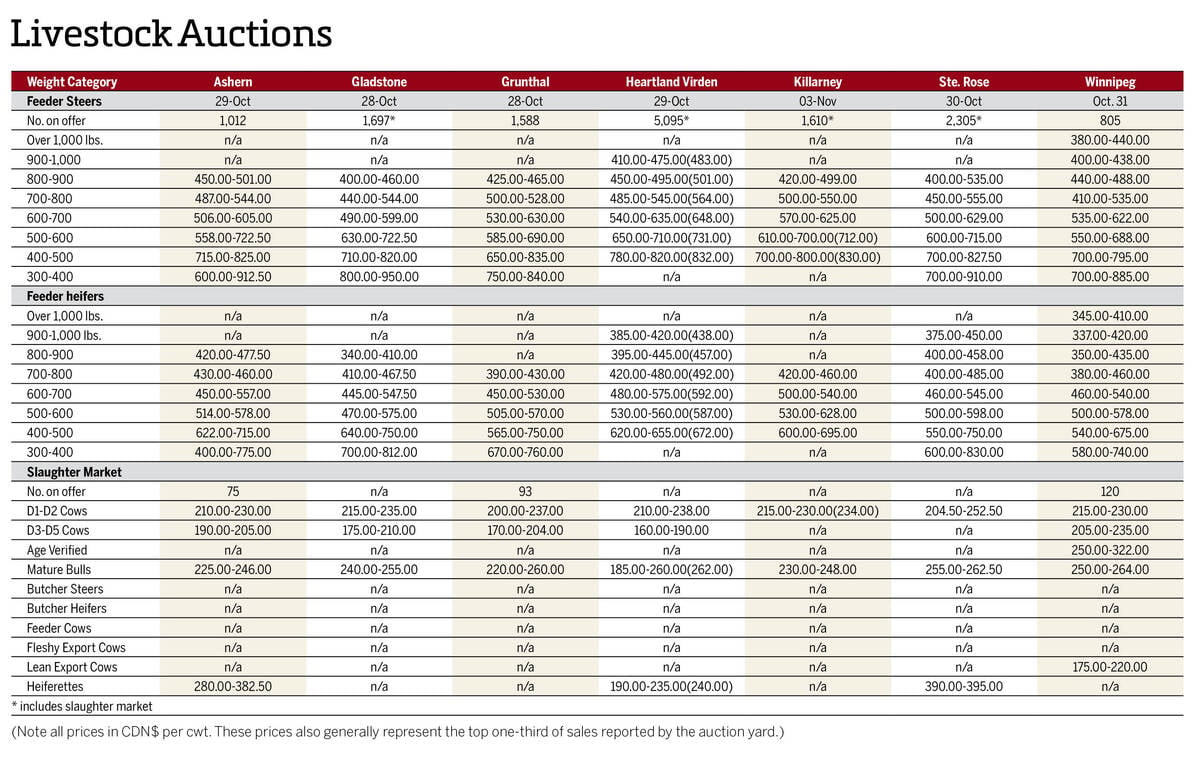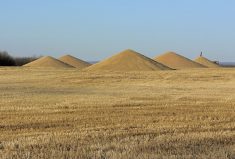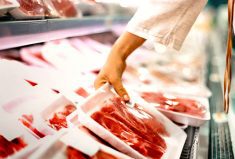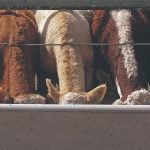Just four years since its inception, the Canadian Forage and Grassland Association is struggling after losing the support of the sector that arguably benefits the most from its activities.
Eighty per cent of Canada’s beef production depends on forages as the main feed source. Of the $5.1 billion of economic activity forages contribute to the Canadian economy, 53 per cent is captured directly by beef producers.
Yet the Canadian Cattlemen’s Association this year declined to continue with the $20,000 contribution it has given the CFGA over the past three years, citing limited budgets and its ongoing support for forage research through the Beef Cattle Research Council, a national industry-led funding agency for beef research.
Read Also

Manitoba cattle prices, Nov. 4
Manitoba cattle sale prices for the week of Oct. 28 to Nov. 4, 2025.
This decision is hard to understand given cattle prices these days. Granted, beef cattle numbers are down and the CCA’s activities depend on checkoffs.
But if funds are limited, it’s mainly because of the $3.25 million the organization has reportedly spent legally challenging the U.S. country-of-origin labelling legislation, combined with another $3 million put into lobbying efforts. And five years into the battle, cattle producers have very little to show for these efforts to date.
We suspect the CCA executive looked at the funds it was contributing to the CFGA and decided it would rather support research projects than provide operating funds to an organization lobbying for research funds. But if that’s the case, it’s missing the point.
It’s become painfully obvious in recent times that without a national voice, support for forage research will continue to decline in this country. Forage is Canada’s largest crop, occupying 39 per cent of its cultivated land, but because it feeds into the front end of the value chain, it’s virtually invisible. Since the crop is either consumed on the farm or sold directly to another producer, there’s no way to collect a checkoff.
A 2007 analysis shows publicly funded forage research had declined by $44 million a year during the previous 15. And forage yields have stagnated or declined because of a lack of research.
The CCA’s own data shows the return on investment on funds used to finance research is 46 to one. Maybe the COOL fight has to continue, but measured by bang for the buck, surely forage research deserves a bit more of cattle producers’ resources. They have the most to gain from a strong national voice for the forage sector, and the most to lose if it disappears.















